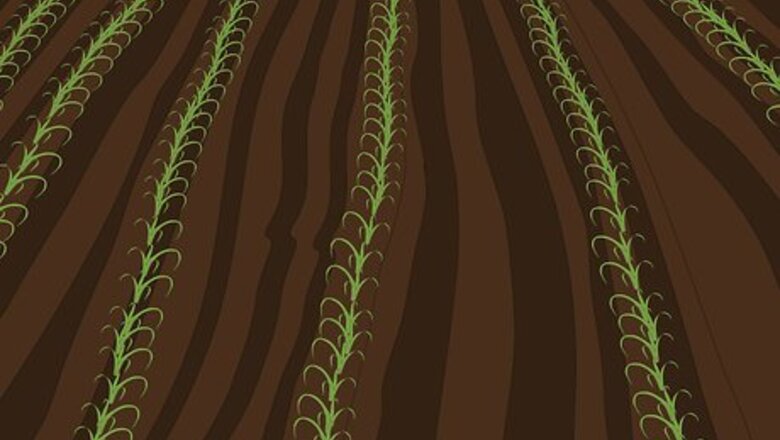
views
Plant your garden with the rows spaced.
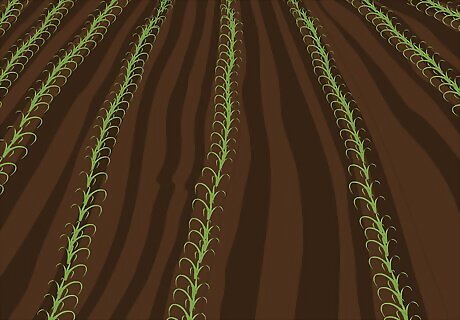
Make sure the spaced rows are suitable for the equipment you have available. If you are growing a small patch of vegetables, a tiller or hoe is probably more efficient and practical.
Get an early start.
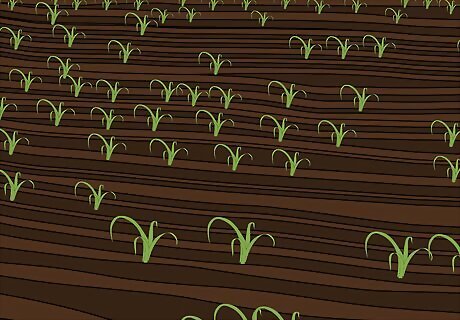
Moisture is essential for good cultivation. The cooler morning hours are often more pleasant for this work.
Set your plows to the appropriate spacing.
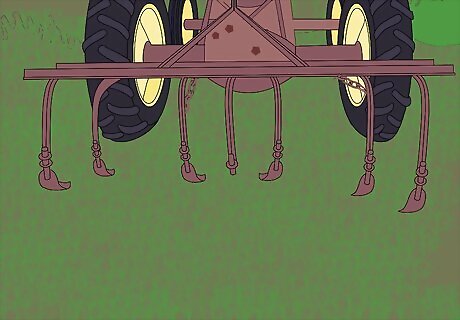
You want to cultivate fairly close to keep moisture near the plants' roots. At the same time, you want to keep weeds from coming up in the furrows. For larger plants, the plows can be re-spaced so they don't damage the spreading root systems of your plants.
Make sure the plow points are at the correct depth.
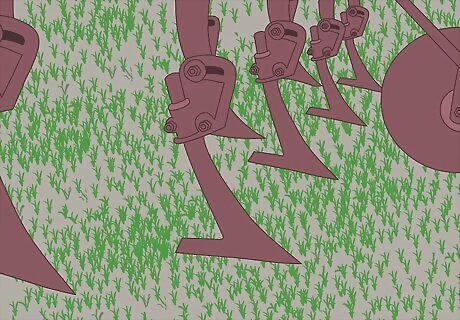
Plows are ganged on the cultivator toolbar. So, each one needs to be set so that it works in a complementary manner with the adjacent plows. Often, the middle plow, which plows the center between rows, is set ahead, or forward, of the sweeps, which run alongside the crop being cultivated.
Set the pitch of your plows.

This is the angle at which the plow point engages the soil. Having it pitched forward will throw less soil in the planting furrow. Having it pitched back will throw more, piling a hill of soil around the base of your plants.
Space the tractor tires properly for the crop you are planting.
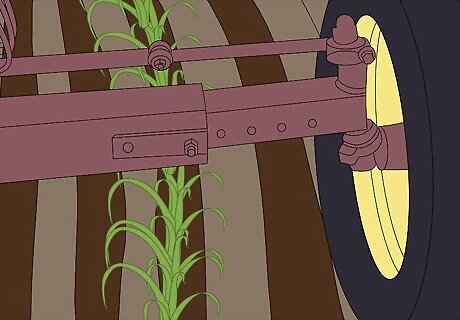
Tractor wheels can be adjusted for different widths. So, for plowing rows at 36 inches (91.4 cm) on center, the width of the tires should be 72 inches (182.9 cm), so you don't track too close to the roots of your plants.
Adjust your sway chains or sway bars.
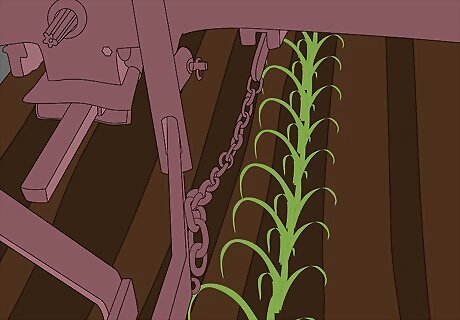
Ensure that they have enough free travel so the plows can follow the path of your rows. For fixed frame toolbars, any turn of the tractor's wheels will cause the toolbar to react in the opposite direction, and will result in the plows entering the row of your crop.
Set the depth of your plows at the correct level.
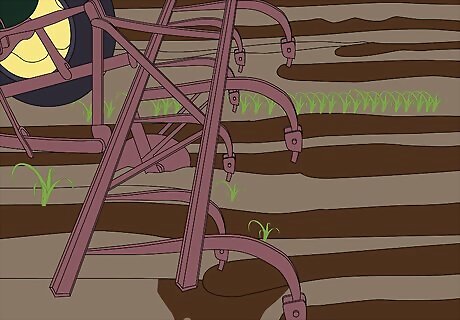
Different soil types require different settings. For soil that becomes tightly compacted, you need to allow the plows to run deep enough for the soil at the root level of your plants to be loosened. This allows moisture to percolate down to the roots and makes it easier for the root system to develop. For light, sandy soils, plowing too deeply will allow the moisture to percolate too quickly, and also allow fertilizer to be leached away from your plant's roots.
Plow at appropriate times.
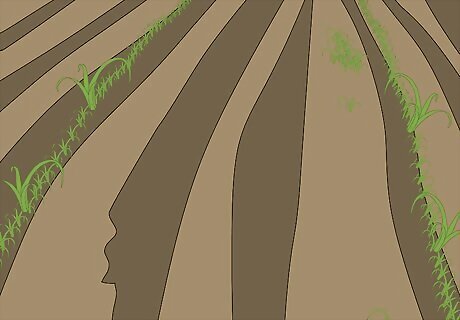
Make sure that your plants are large enough. You will want your plants to be large enough that the soil displaced into the furrow will not cover them, but the greatest benefit will be gained when weeds are still small enough to be covered or plowed up (pulled from the soil by the plows) and killed.
Make sure there is sufficient moisture in the soil before plowing.
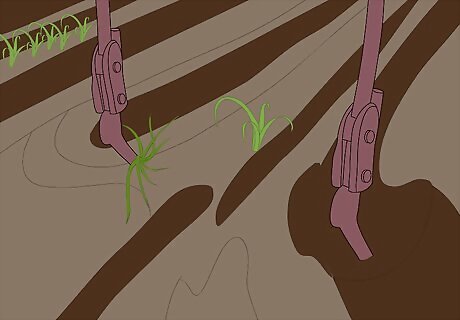
The hilling effect of plowing will help build up soil over the plant's root system. This keeps more moisture available to them. Plowing in dry weather breaks soil crust and loosens the soil, so any moisture present will evaporate quickly. Plowing just before a rainfall will not kill weeds as effectively, either, since the rain will likely give them an opportunity to re-root before they die.
Run at a speed that gives the desired results.
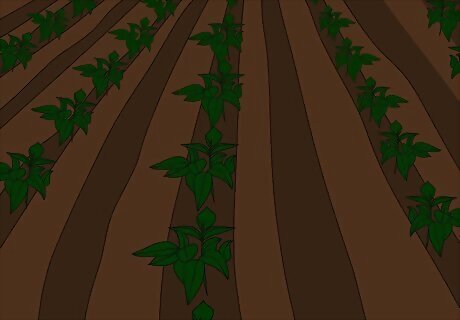
Speed also causes soil to be thrown at varying amounts. Faster speeds will cause more soil to be thrown in the furrow.
Locate the tractor wheels in the center between your rows.
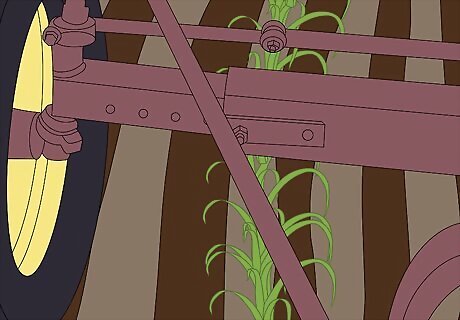
Many farm tractors have a guide point on the frame. This allows the wheels to travel in such a way that the plows are spaced correctly between the furrows.
Steer carefully.
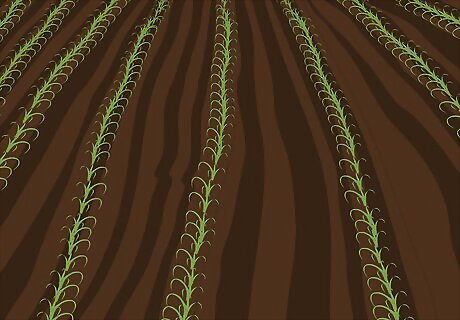
You don't want to plow up your crop. Planting perfectly straight rows on level ground is the ideal way to do this, but if you have curving rows, or simply planted carelessly, paying attention to steering the tractor will prevent losing part of your crop.
Pull any weeds and debris from your plow points as needed.
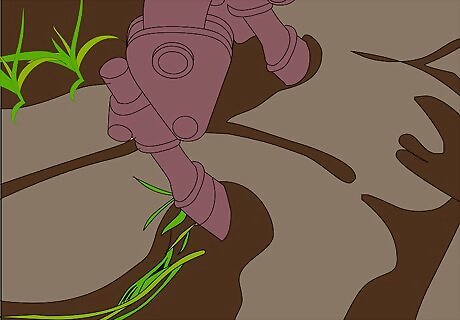
They can accumulate and cause the soil to build up on the plows. This results in the crop plants being covered from the overflow of soil.
Take time to observe the field while you work.
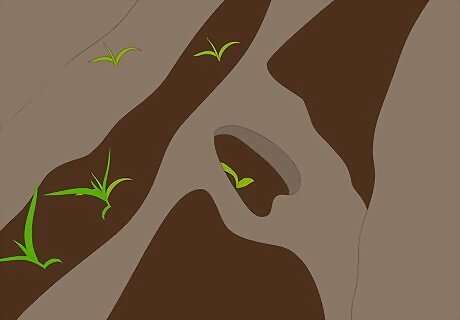
There's lots to see and enjoy when you're outside. In fact, many people garden and farm on a small scale simply to enjoy the benefits of being outside in the fresh air and sunshine. You may be surprised by the wildlife and wildflowers you see while out in the garden.

















Comments
0 comment